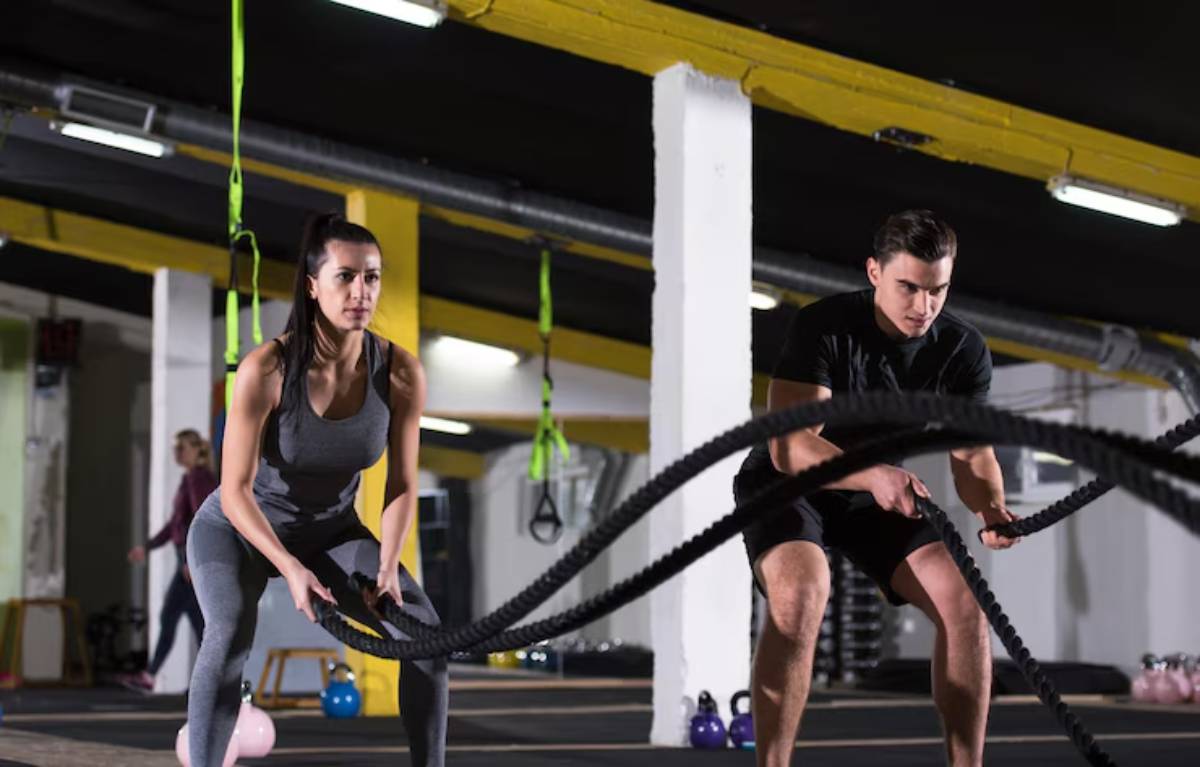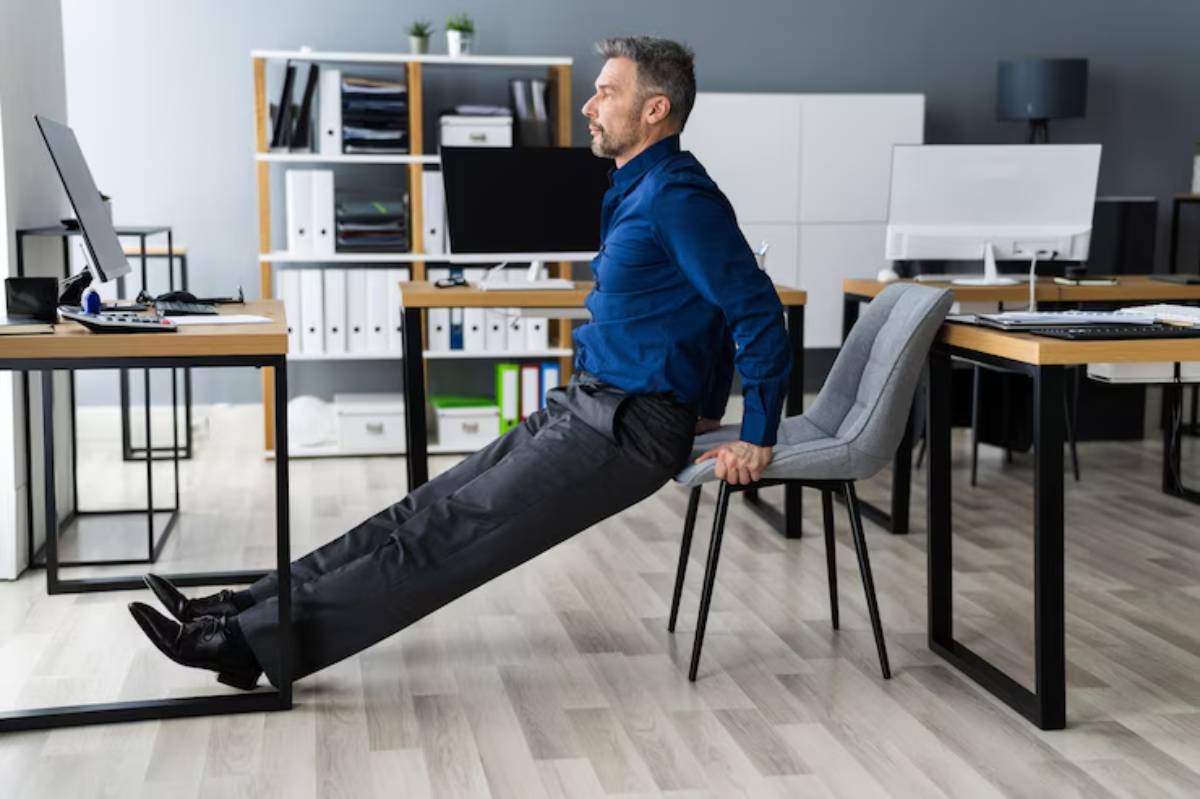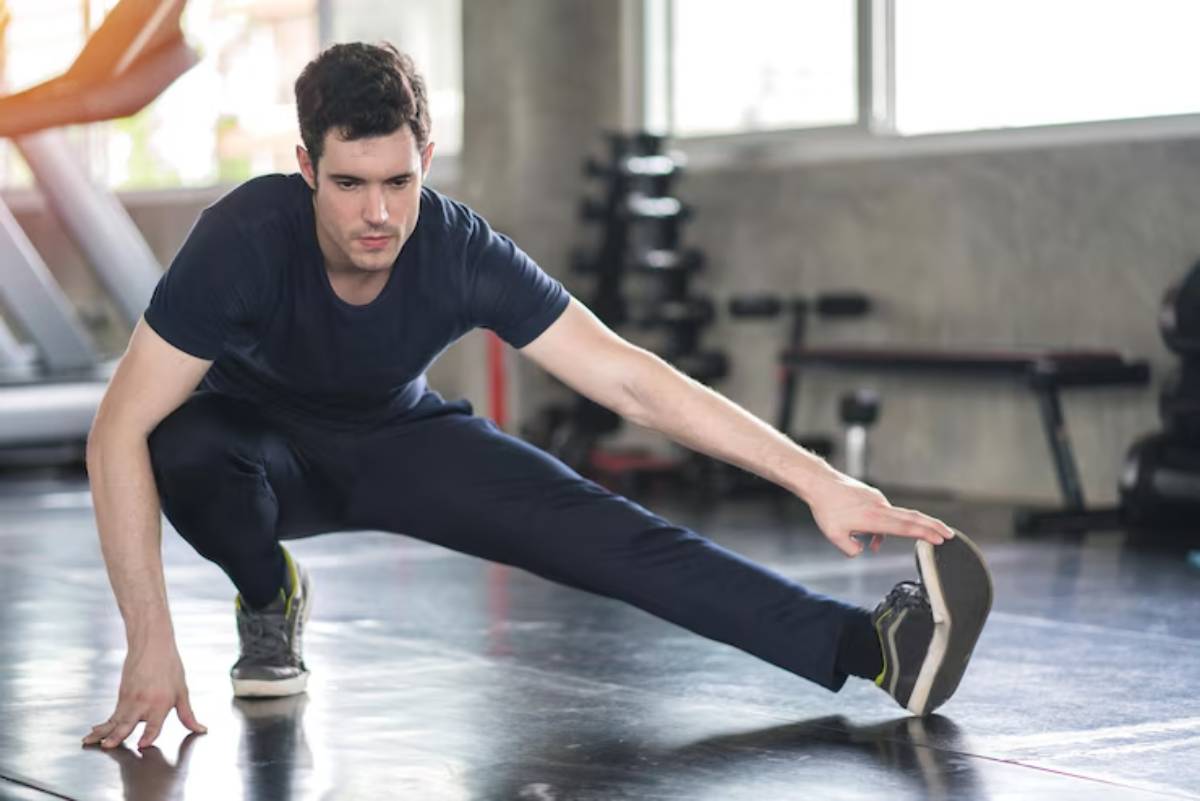
How to Warm Up Before HIIT to Prevent Injury
High-Intensity Interval Training (HIIT) has become a go-to for fitness enthusiasts seeking maximum results in minimal time. However, you might invite injury to your fitness party if you don’t warm up properly. A solid warm-up is your best defence; it prepares your body to tackle the challenges ahead. This guide is packed with expert tips to warm you up like a well-oiled machine before unleashing your HIIT fury. Discover cutting-edge techniques and research-backed strategies that will set you up for success.
Pro Tip: Make warming up a non-negotiable part of your workout routine.
Important: If you feel any pain or discomfort during your warm-up, stop and assess before proceeding.
Quick Guide
- Kick off with Light Cardio: Start your session with 5 to 10 minutes of gentle cardio. Whether you prefer a light jog or a brisk walk, this gradually elevates your heart rate.
- Add Dynamic Stretches: Get your body grooving with leg swings, arm circles, and torso twists. These lively movements amplify your flexibility and ease you into your routine.
- Activate Key Muscle Groups: Focus on exercises that engage your core, glutes, and shoulders. Planks and glute bridges are golden for firing up those essential muscles.
- Incorporate Movement-Specific Drills: Bridge the gap to your HIIT workout with drills like high knees and butt kicks. These moves mimic your upcoming challenges, priming your body for action.
- Intensify Gradually: Conclude with exhilarating high-intensity bursts, like quick sprints. This ramps up your readiness for the workout ahead!
Understanding the Core: The Importance of Warming Up
Warm-up: the unsung hero of your workout routine. It’s crucial for injury prevention and performance enhancement. A proper warm-up gently elevates your heart rate, like a sunrise stretching over the horizon. It increases blood flow, nourishing your muscles like a refreshing rain. This essential phase also enhances flexibility and joint mobility, paving the way for greatness. By reducing muscle stiffness, it wards off injuries that lurk in the shadows.
The Role of a Warm-Up in Injury Prevention
A warm-up is your golden bridge from sloth to sweat. It gets your heart racing, muscles warming, and nerves firing on all cylinders. By easing into action, you dodge the dreaded strains and sprains. Think of it as your safety net against common workout woes. A solid warm-up not only protects but also elevates your performance. Get ready to unleash your inner powerhouse!
Expert Insights on HIIT Warm-Ups
Research shows that dynamic warm-ups steal the spotlight from static stretching for HIIT. These lively movements mimic the upcoming exercises, harmonising your body for action. They awaken your muscles, sharpen your coordination, and boost your agility—all essential for conquering high-intensity workouts. With each seamless motion, you’re priming yourself for peak performance.
Step-by-Step Guide: How to Practise a HIIT Warm-Up
1. Light Cardio Warm-Up
Kickstart your warm-up with light cardio to gently ignite your heart. Spend 5-10 minutes jogging, cycling, or skipping rope. This boosts blood flow and preps your muscles for action. Think of it as your body’s warm embrace before diving into intensity.
2. Dynamic Stretching Routine
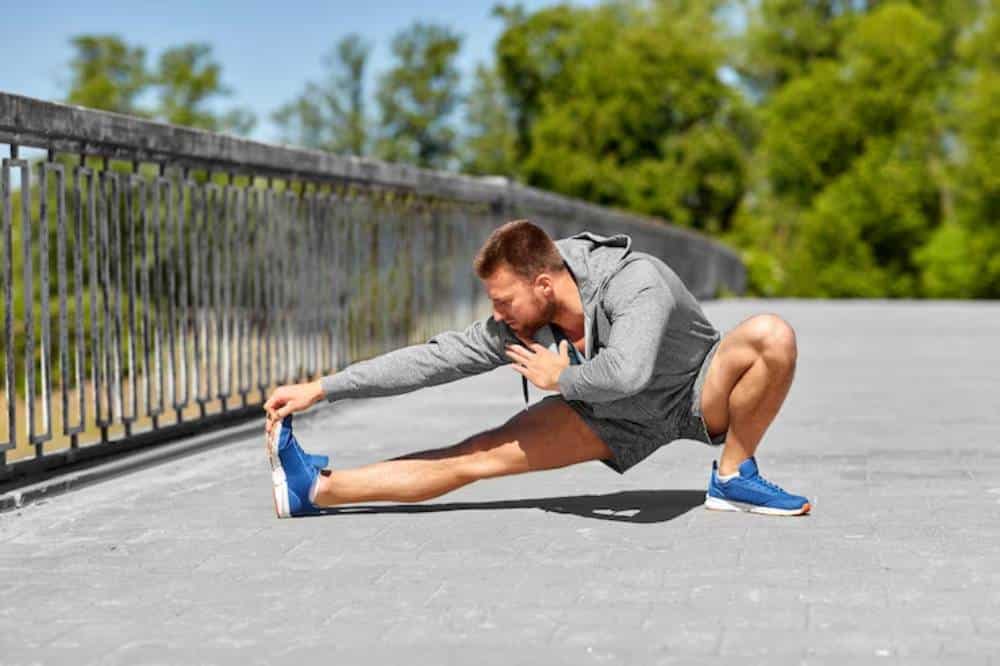
Dynamic stretching unleashes active movements that enhance flexibility and range. Move through exercises that mimic your upcoming HIIT moves. Give these a whirl:
- Leg Swings: Stand tall on one leg. Swing the other forward, backwards, and side to side.
- Arm Circles: Stretch your arms wide, creating small circles. Gradually enlarge those circles until your arms dance.
- Torso Twists: Feet shoulder-width apart, twist your torso side to side while anchoring your hips.
3. Muscle Activation Exercises
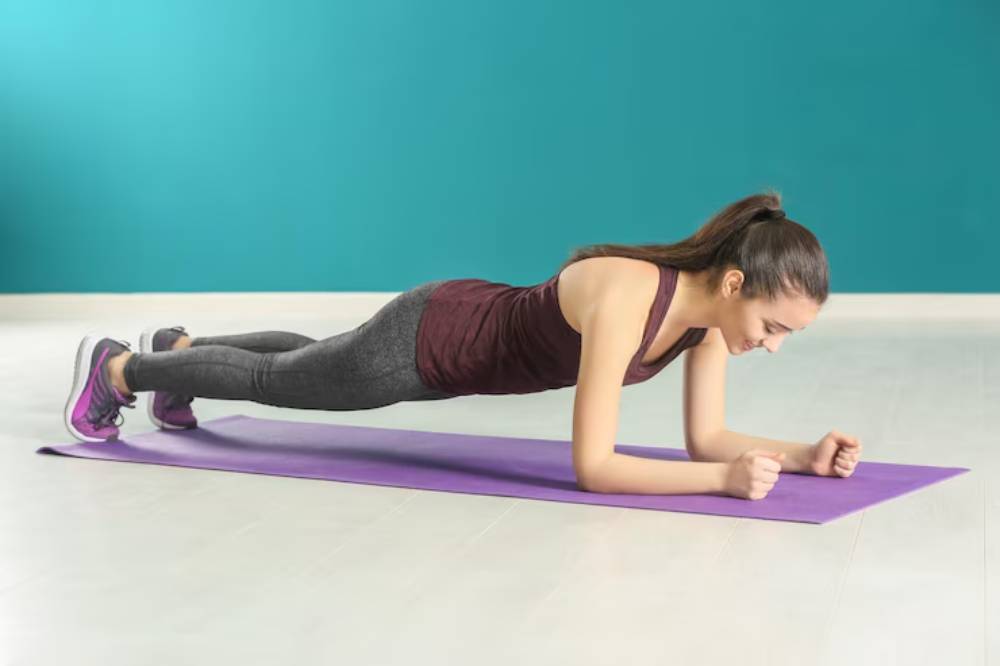
Activate essential muscle groups to guard against sneaky injuries. Zero in on exercises for your core, glutes, and shoulders:
- Planks: Engage your core for 30 seconds in a solid plank.
- Glute Bridges: Lie back, bend your knees, and lift your hips high, squeezing your glutes at the top.
- Shoulder Taps: From a plank, tap each shoulder with the opposite hand, keeping your core steady.
4. Movement-Specific Drills
Integrate drills that mirror your HIIT routine, sharpening muscle memory and coordination:
- High Knees: Sprint in place, driving knees toward your chest.
- Butt Kicks: Jog in place, kicking heels gleefully towards your glutes.
- Lateral Shuffles: Glide side to side, preparing for quick lateral movements.
5. Gradual Intensity Increase
Wrap up your warm-up with high-intensity bursts to awaken your body. Try short sprints or energetic jumping jacks. This ramps you up to near workout intensity, ensuring you’re fully primed and ready to roll.
Best Practices & Additional Insights
Enhancing Your Warm-Up Routine
Elevate your warm-up game with foam rolling and mobility exercises. Foam rolling melts away muscle tension, unlocking the path to greater flexibility. Meanwhile, mobility exercises dance through your joints, expanding their range of motion. Together, they’re powerful allies in your warm-up, particularly for areas craving attention and release.
Professional Experience
Many professional athletes and trainers emphasise the importance of a comprehensive warm-up. They often use sport-specific drills and practice mental techniques, like visualization. This helps improve performance and reduce injury risk.
FAQs
Q: How long should a HIIT warm-up last?
A: Aim for a warm-up of 10 to 15 minutes. This time, ready your body for the workout ahead.
Q: Can I warm up with static stretching?
A: Static stretching is best avoided before HIIT, as it may dampen muscle performance. Dynamic stretches offer a lively alternative.
Q: Is a warm-up necessary if I’m short on time?
A: Absolutely! A warm-up is vital, regardless of time. Even five minutes of preparation is better than skipping it.
Q: What should I do if I feel pain during my warm-up?
A: If pain strikes, halt the activity and evaluate your condition. Before continuing, consulting a healthcare professional might be your best course of action.
Conclusion: Warm Up Before HIIT to Prevent Injury

A well-structured warm-up is key to enhancing your HIIT game. It primes your body for the high-intensity demands ahead. Dive into this guide to discover essential warm-up steps. Just a few minutes of preparation can shield you from injuries. Setbacks can stall your progress, so avoid them like the plague. Prioritise your warm-up today, unlocking your full HIIT potential. Safety and fitness goals await when you warm up right!
Call to Action: Are you ready to supercharge your HIIT sessions? Kickstart your routine by weaving in these warm-up techniques and feel the transformation.
